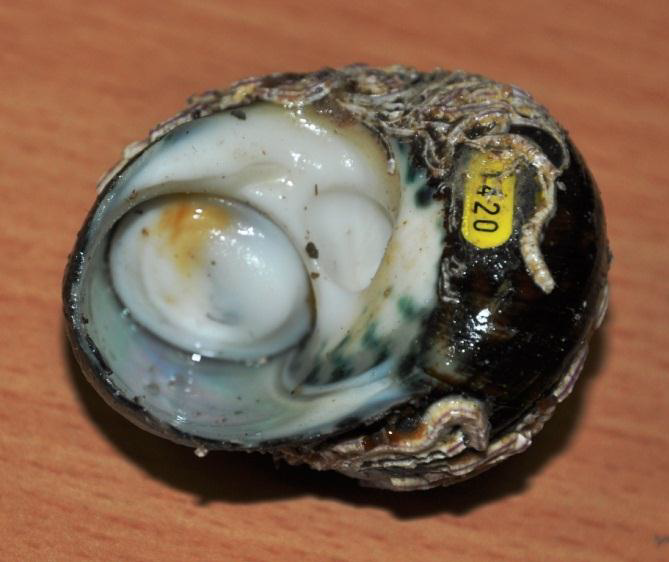Biology
Periwinkles have highly varied patchy distributions within their distributional ranges forming large localised aggregations in shallow sandy and rocky coastal waters which allow them to be targeted by commercial fishing operations (Keough et al. 1993; Vanderklift and Kendrick 2004; Currie and Sorokin 2009). Previous studies suggest that larval settlement patterns and the aggregation of periwinkle species is strongly influenced by habitat type. Periwinkles are generalist herbivores consuming a wide variety of algae predominantly brown and green macroalgae and articulated coralline algae (Clarkson and Shepherd 1985). Brown macroalgae is also an important source of habitat, providing protection from waves, desiccation and predators (Worthington and Fairweather 1989).
In New South Wales L. undulata has a spawning period from October to May and may undergo incomplete spawning (retain unshed eggs until the next spawning event) (Underwood 1974), however, spawning behaviour in other waters is unknown. Periwinkles have a lecithotrophic larvae (planktonic larvae which live off the yolk supplied by the egg) (Underwood 1974), that is assumed to be about five days in duration (Shepherd pers. comm. within Sullivan and Mavrakis 2006).
Periwinkle Fishery of Tasmania: Supporting Management and a Profitable Industry
A mark-recapture growth study by IMAS researchers at five locations along the east coast of Tasmania revealed that initial growth of periwinkles is rapid, with animals reaching between 35.8 and 46.2 mm, equivalent to 80-88% of the average maximum lengths, within three years. Spatial variability in growth was evident with average maximum lengths differing by as much as 32% depending on site, ranging between 47 mm at Spikey Beach (central east coast) and 62 mm at Piccaninny Point (north east coast) and Recherche Bay (southern-most site). Growth rates varied considerably between sites, taking over six years to reach the legal minimum size limit of 45 mm at Spikey Beach compared with other sites which took 2.8 to 3.7 years to recruit to the fishery.

The length at 50% maturity (LM50%) varied between 23 and 26 mm on the east coast of Tasmania (between 1.1 and 1.6 years of age), with individuals in the north maturing at smaller sizes compared with the south. Lengths after two years of growth following maturity ranged between 39 and 47 mm suggesting that the vast majority of individuals have the opportunity to complete at least one spawning, and for most two, before recruiting to the fishery.
You can read the full report on the Periwinkle Fishery by Keane et al. (2014) at the link:



